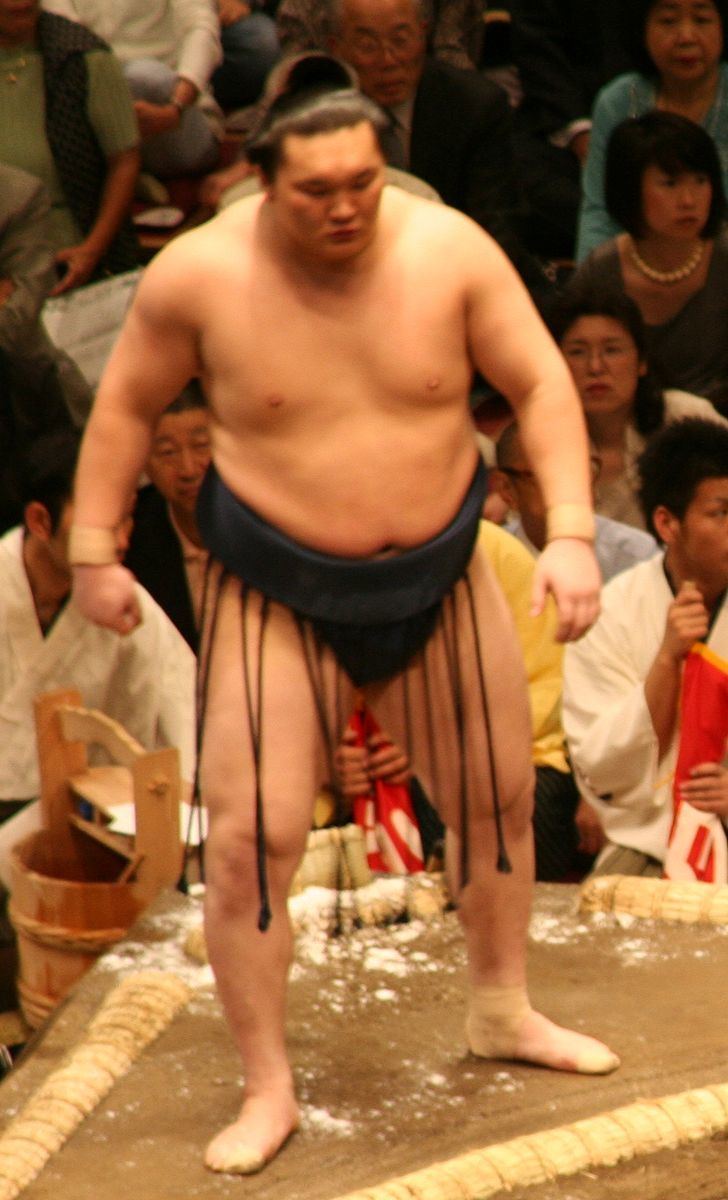 | ||
The following are the events in professional sumo during 2007.
Contents
Tournaments
January
February
March
April
May
June
July
August
September
October
November
Deaths
References
2007 in sumo Wikipedia(Text) CC BY-SA
 | ||
The following are the events in professional sumo during 2007.